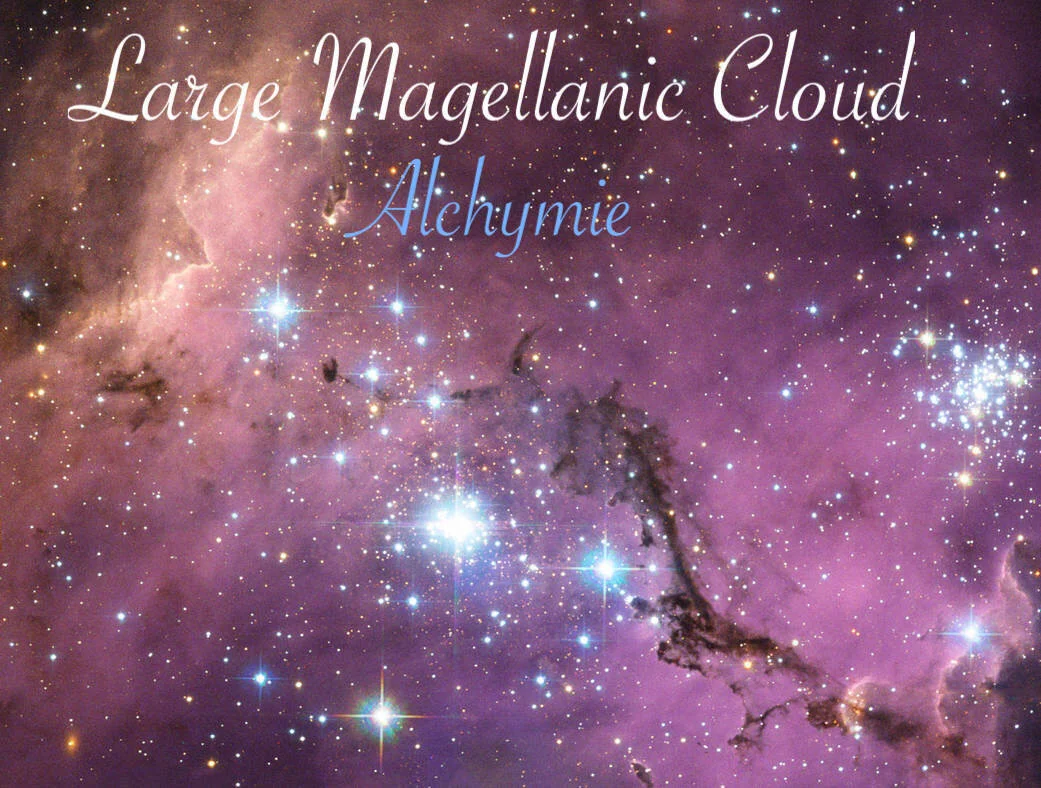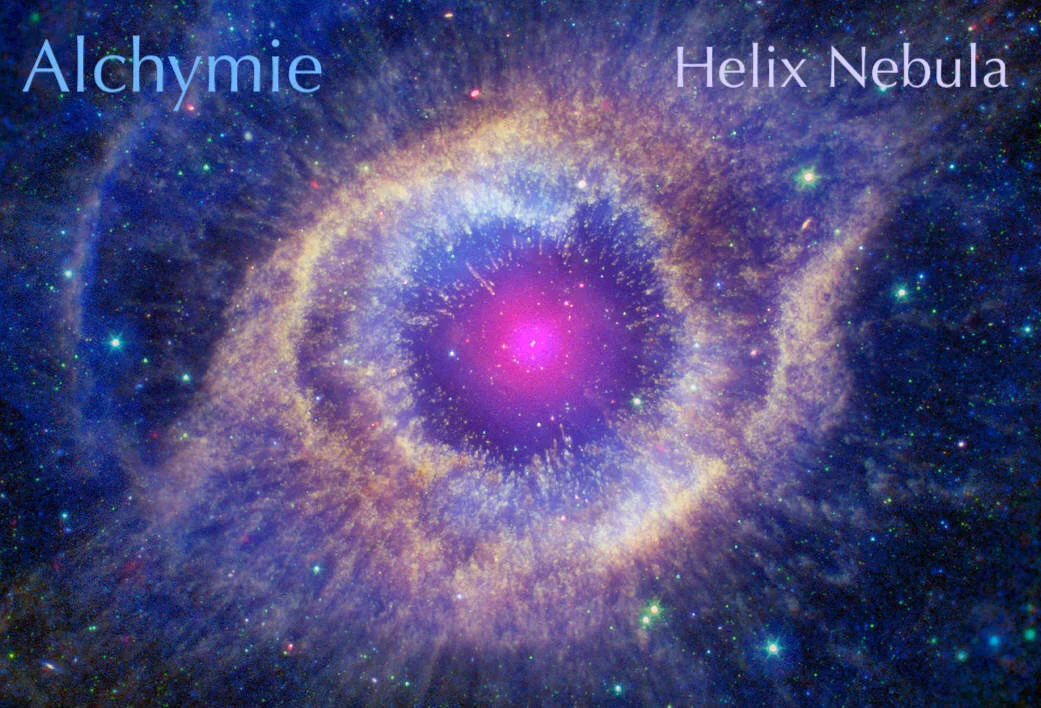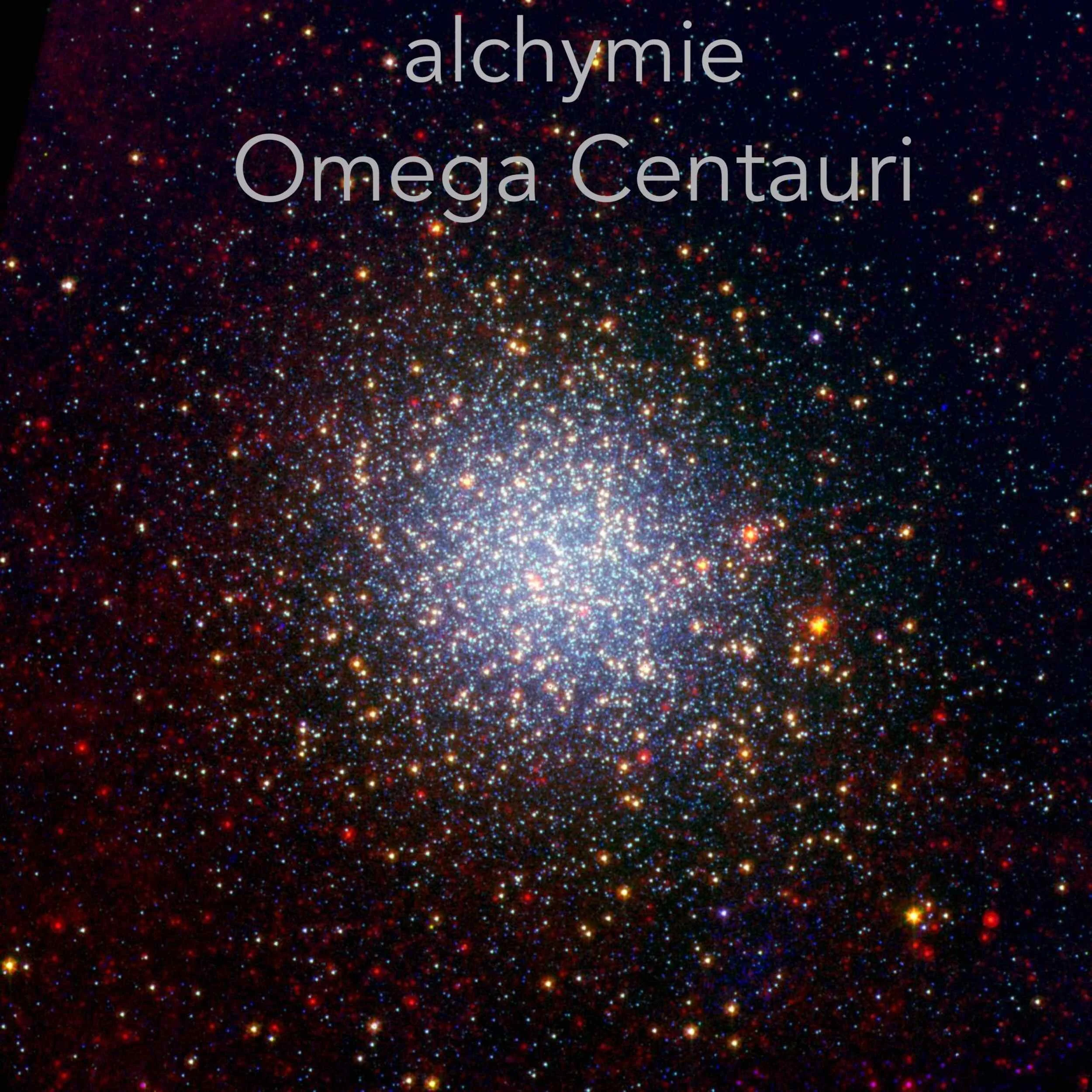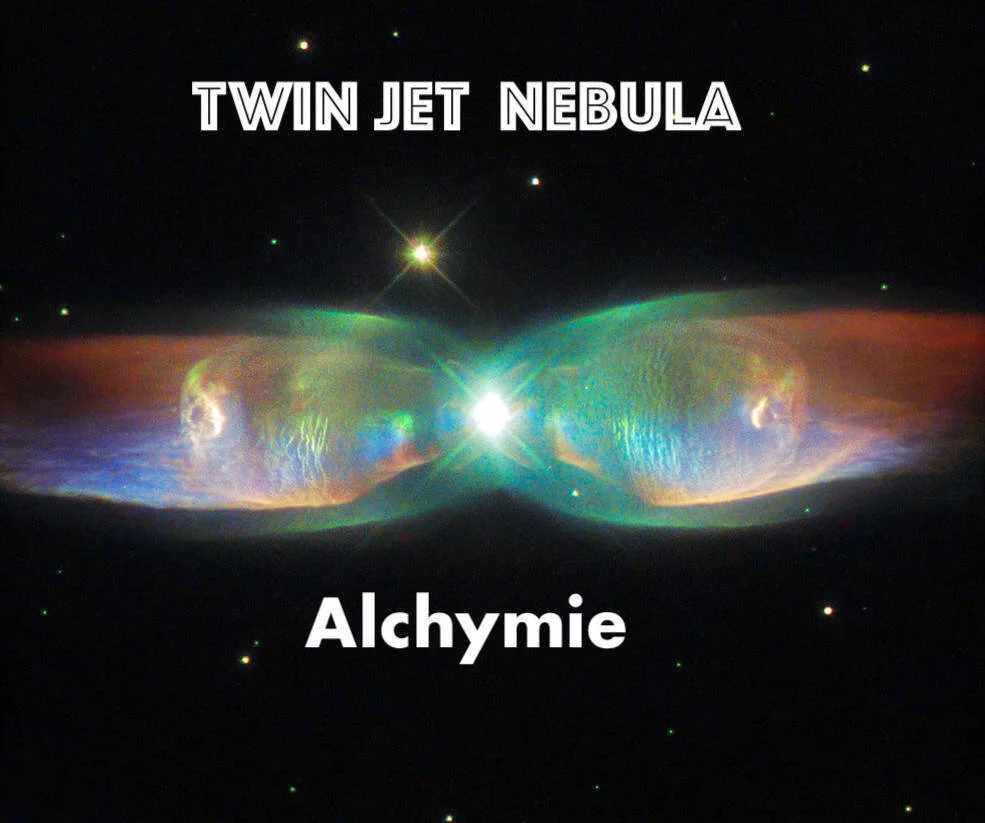Image Credit: Laila Kalantari
Thank you for Joining Alchymie’s mailing list and for your support!
WELCOME!
Enjoy your free downloads!
Piano & Streichfett improvisations inspired by the Cosmos.
Piano, Streichfett Alchymie
Mixed & Mastered by Laila Kalantari
Be sure to check out the blog link for each track as well!
August 2021
Image Credit: NASA, ESA, S. Beckwith (STScI) and the Hubble Heritage Team (STScI/AURA)
What later became known as the Whirlpool Galaxy was discovered on October 13, 1773, by Charles Messier while hunting for objects that could confuse comet hunters, and was designated in Messier's catalogue as M51. M51 is visible through binoculars under dark sky conditions, and it can be resolved in detail with modern amateur telescopes. In September 2020, the detection of a candidate exoplanet, named M51-ULS-1b, orbiting the high-mass X-ray binary M51-ULS-1 in this galaxy was announced. If confirmed, it would be the first known instance of an extragalactic planet, a planet outside the Milky Way Galaxy. - wikipedia
July 2021
Image Credit: ESA/NASA/Hubble
The Large Magellanic Cloud (LMC) is a satellite galaxy of the Milky Way. The LMC is classified as a Magellanic spiral. It contains a stellar bar that is geometrically off center, suggesting that it was a barred dwarf spiral galaxy before its spiral arms were disrupted, likely by tidal interactions from the Small Magellanic Cloud (SMC) and the Milky Way's gravity. The Milky Way and the LMC are predicted to collide in approximately 2.4 billion years.- wikipedia
June 2021
Image Credit: Nasa
R Aquarii (R Aqr) is a variable star in the constellation Aquarius.
R Aquarii is a symbiotic star believed to contain a white dwarf and a Mira-type variable in a binary system. The orbital period is approximately 44 years. The main Mira-type star is a red giant, and varies in brightness by a factor of several hundred and with a period of slightly more than a year; this variability was discovered by Karl Ludwig Harding in 1810. It has a distance of about 200 parsec, and is one of the nearest symbiotic stars and a well-known jet source. The two components have been resolved at a separation of 55 mas. -wikipedia
MAY 2021
Image Credit: http://www.nasa.gov/topics/earth/features/2012-alignment.html
To the naked eye, the Great Rift appears as a dark lane that divides the bright band of the Milky Way vertically. The Great Rift covers one third of the Milky Way, and is flanked by strips of numerous stars. Starting at the constellation of Cygnus, where it is known as the Cygnus Rift or Northern Coalsack, the Great Rift stretches to Aquila; to Ophiuchus, where it broadens out; to Sagittarius, where it obscures the Galactic Center; essentially ending at Centaurus. One of the regions it obscures is the Cygnus OB2 association, a cluster of young stars and one of the largest regions of star formation near Earth. Similar dark rifts can be seen in many edge-on galaxies, such as NGC 891 in Andromeda and NGC 4565 (the Needle Galaxy) in Coma Berenices. -wikipedia
April 2021
Image credit: X-ray: NASA/CXC; Ultraviolet: NASA/JPL-Caltech/SSC; Optical: NASA/STScI(M. Meixner)/ESA/NRAO(T.A. Rector); Infrared: NASA/JPL-Caltech/K. Su
The Helix Nebula (also known as NGC 7293 or Caldwell 63) is a planetary nebula (PN) located in the constellation Aquarius. The Helix Nebula has sometimes been referred to as the "Eye of God" in pop culture, as well as the "Eye of Sauron". Its age is estimated to be 10,600 (+2300−1200) years, based on its measured expansion rate of 31 km·s−1. -wikipedia
March 2021
Image Credit: NASA/JPL-Caltech/Univ. of Toledo
Orion's Sword is a compact asterism in the constellation Orion. It comprises three stars (42 Orionis, Theta Orionis, and Iota Orionis) and M42, the Orion Nebula, which together are thought to resemble a sword or its scabbard. This group is south of the prominent asterism, Orion's Belt. Fables and old beliefs are in Europe dominated or widely influenced by those of the Greco-Roman narratives. -wikipedia
Feburary 2021
Image Credit: NASA/JPL-Caltech/NOAO/AURA/NSF, NASA/JPL-Caltech/M.Boyer (University of Minnesota)
In 150 AD, Greco-Roman writer and astronomer Ptolemy catalogued this object in his Almagest as a star on the horse's back, "Quae est in principio scapulae". Omega Centauri (ω Cen, NGC 5139, or Caldwell 80) is a globular cluster in the constellation of Centaurus that was first identified as a non-stellar object by Edmond Halley in 1677. Located at a distance of 17,090 light-years (5,240 pc), it is the largest known globular cluster in the Milky Way at a diameter of roughly 150 light-years. It is estimated to contain approximately 10 million stars, and a total mass equivalent to 4 million solar mass making it the most massive known globular cluster in the Milky Way. At a distance of about 17,090 light-years (5,240 pc) from Earth, Omega Centauri is one of the few globular clusters visible to the naked eye—and appears almost as large as the full moon when seen from a dark, rural area. It is the brightest, largest and, at 4 million solar mass the most massive known globular cluster associated with the Milky Way. Of all the globular clusters in the Local Group of galaxies, only Mayall II in the Andromeda Galaxy is brighter and more massive. Orbiting through the Milky Way, Omega Centauri contains several million Population II stars and is about 12 billion years old. -wikipedia
January 2021
Image Credit: Image Credit: Credits: ESA/Hubble & NASA, Acknowledgement: Judy Schmidt
A planetary nebula that was discovered by Rudolph Minkowski in 1947. It is located about 2,100 light-years away from Earth in the direction of the constellation Ophiuchus. This bipolar nebula takes the peculiar form of twin lobes of material that emanate from a central star. Astronomers have dubbed this object as the Twin Jet Nebula because of the jets believed to cause the shape of the lobes. Its form also resembles the wings of a butterfly. The nebula has inflated dramatically due to a fast stellar wind, blowing out into the surrounding disk and inflating the large, wispy hourglass-shaped wings perpendicular to the disk. These wings produce the butterfly appearance when seen in projection. The outer shell is estimated to be about 1,200 years old. -wikipedia
December 2020
Antares appears as a single star when viewed with the naked eye, but it is actually a binary star, with it’s two components called a Scorpii A and a Scorpii B. The brighter of the two is the red supergiant, while the fainter is a hot main sequence star of magnitude 5.5. In the Babylonian star catalogues dating from at least 1100 BCE, Antares was called GABA GIR.TAB, "the Breast of the Scorpion". In MUL.PIN which dates between 1100 and 700 BC, it is one of the stars of Ea in the southern sky and denotes the breast of the Scorpion goddess Ishhara. In ancient Egypt, Antares represented the scorpion goddess Serket (and was the symbol of Isis in the pyramidal ceremonies).It was called tms n hntt "the red one of the prow". In Persia Antares was known as Satevis, one of the four "royal stars". In India, it with σ Scorpii and τ Scorpii were Jyeshthā (the eldest or biggest, probably attributing its huge size), one of the nakshatra (Hindu lunar mansions).
The Māori people of New Zealand call Antares Rēhua, and regard it as the chief of all the stars. -wikipedia
November 2020
Cygnus OB2 is home to some of the most massive and most luminous stars known. Cygnus OB2 is hidden behind a massive dust cloud known as the Cygnus Rift which obscures many of the stars in it. This means that despite its large size, it is hard to determine its actual properties. The region is embedded within a wider one of star formation known as Cyguns X which is one of the most luminous objects in the sky at radio wavelengths. The region is approximately 1,400 parsecs from Earth in the constellation of Cygnus. -wikipedia









